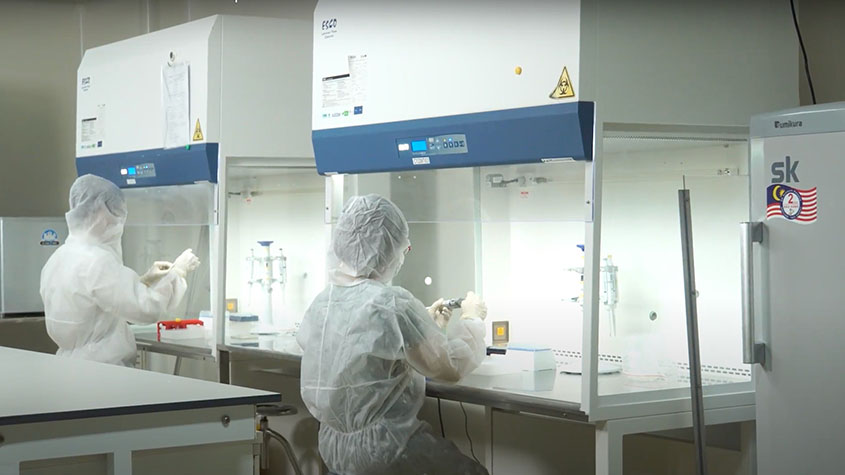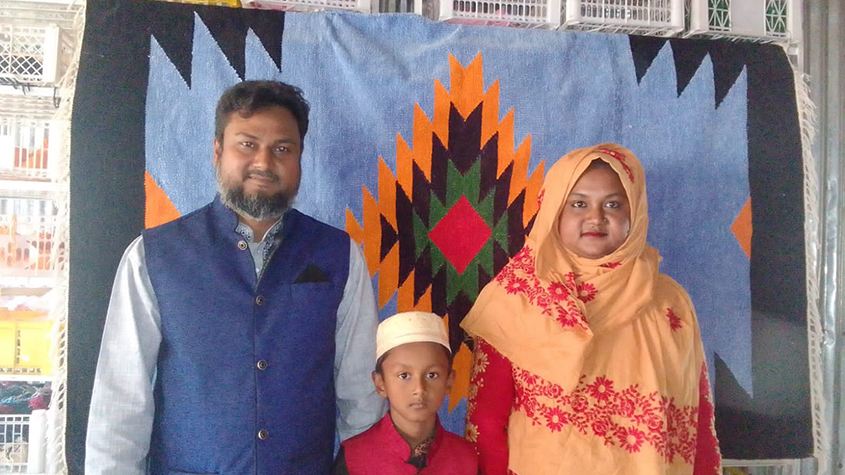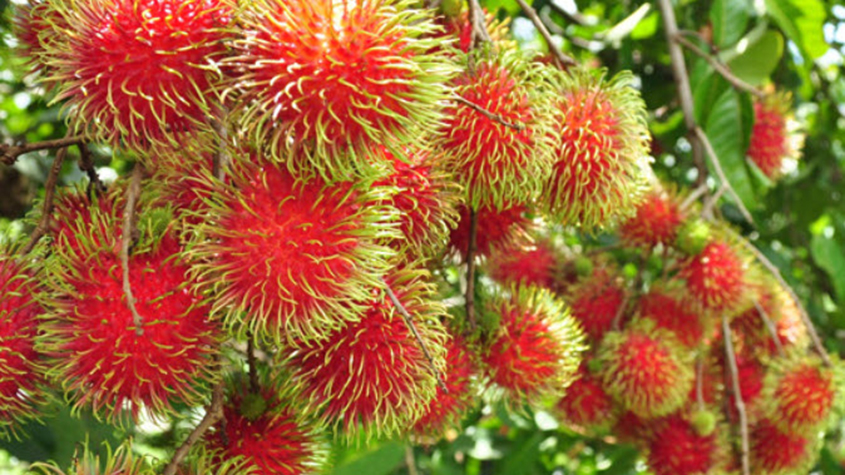
Background
Approvale - the Wine Producers Association in Vale dos Vinhedos, Rio Grande do Sul, Brazil, was established in 1995 by pioneering entrepreneurs in the region. The association’s main goals are to promote the region’s cultural origins – including its traditional wine-making processes and the famous wines thereby produced – in economically viable and ecologically sustainable ways.
Vale dos Vinhedos’ specific geography and the traditional wine growing customs of its inhabitants are important and distinguishing factors. This typicity – the degree to which a wine reflects its cultural and geographic origin – is a quality that the locals living in Rio Grande do Sul have successfully exploited commercially.
Because of Approvale’s resounding success, Brazilian farmers and wine manufacturers are today actively aware of the importance of having distinguishable local products linked to their specific geography and origin. This strategy allows government and agribusiness to meet the challenges of global market competition while ensuring cultural preservation, economic development and ecological sustainability.

Goods with Specific Geographical Origin
The state of Rio Grande do Sul is within the southern temperate zone and has a subtropical climate with annual temperatures varying between 16º and 18º Celsius. There are four relatively well-marked seasons and rainfall is well distributed throughout the year. Several eco-regions – areas with distinct geographical communities and ecological systems – cover portions of the state. The climate of Rio Grande do Sul is ideal for making premium varieties of wine. The wineries in the region are renowned for their Merlot, Cabernet Sauvignon and Cabernet Franc (red wine grape varieties). Other popular varieties include Chardonnay (white wine grape), Tannat and Pinot Noir (both red wine grapes).
Vale dos Vinhedos – “Vineyard’s Valley” – is in the region of Serra Gaúcha in Rio Grande do Sul – an area also known for producing furniture, chocolate, cheese, handicrafts and shoes. The valley is situated between the cities of Bento Gonçalves, Garibaldi and Monte Belo do Sul and lies 742 meters above sea level.
Traditional Knowledge
Taking advantage of the Brazilian government’s land grants in the 1870s and the valley’s climate and soil similarities to their homeland, Italian immigrants settled in Vale dos Vinhedos and initiated viticulture (grape cultivation) with vines that they carried from Italy. Such immigrants brought with them specific know-how for wine production that had been passed down the generations. Brazilians of Italian ancestry now comprise sixty percent of the region’s population and their cultural presence is evident throughout Rio Grande do Sul.
Geographical Indications

In 1995, six wine producers organized themselves into a collective called the Association of Producers of Fine Wines of the Vale dos Vinhedos (Aprovale). Aprovale includes not only the wine-growing establishments of the valley, but all enterprises connected with tourism, agribusiness and the supply of vini-cultural products in the area.
The collective’s principal mission is to develop and motivate research connected with viticulture in order to preserve and protect the cultural origins of the producers and the wines in the region. The association instigated a number of initiatives which led to the Geographical Indication (GI) registration for the region. It developed, for example, strict production rules and procedures for its members and began a program that aims at marketing Vale dos Vinhedos as a national – and international – center for wine related products.
Indeed, one of the first acts of Aprovale’s regulatory council was to create a code of conduct (COC). The COC not only maintains and preserves the know-how and culture of the valley’s wine-growers, it also deters abusers from misusing the good name associated with Vale dos Vinhedos’ wines. It sets out clear technical guidelines that local producers have to respect so that their products are steadily improving in quality and standard while gaining widespread recognition with national and international clients and customers. The COC also ensures rigorous manufacturing procedures by employing a team of monitors, specialists and technicians from the Brazilian Enterprise for Agricultural Studies (EMBRRAPA) and from Aprovale. These experts seal with wax all bottles that meet the co-operatives’ strict standards.
In 1996 Brazil introduced national legal protection for GIs under Law 9279. In order to apply for a GI registration for Vale dos Vinhedos, Aprovale commissioned a feasibility study and survey on the specifics of GI eligibility. The study eventually included geographical surveys mapping the profile, topography and climate of the valley. Working with the Foundation of Support to Research of the State of Rio Grande do Sul (FAPERGS), EMBRAPA, and the University of Caxias do Sul (UCS), the study published its results - in 1999 - in a book called “Vale dos Vinhedos – Caracterização Geográfica da Região” (Vineyards’ Valley – Geographical Characterization of the Region).
In 2001, Vale dos Vinhedos and its acronym- I.P.V.V - became one of the first GIs to be registered with the National Institute of Industrial Property (INPI).
The I.P.V.V stamp appears on both red and white wines and is easily recognizable around the world. It brings great benefits to consumers – who recognize it as a sign of quality- , and suppliers - who are guaranteed and satisfied of its standards. The wine producers, moreover, have seen greater cash-flow into the region which has led to investments and improvements in their own technical skills, in production controls, equipment, in the vineyards themselves and their products. Finally, GI registration not only provides legal protection against frauds and attempts to usurp the association’s good name, but also the right of legal action in case of such infringements.
The Aprovale council was a pioneer in Brazil. It not only registered one of the earliest GIs in the country, but also created a COC with clear guidelines and procedures that were monitored and approved by teams of experts.
Commercialization
I.P.V.V. wines have established a strong foothold in the global wine market and can compete against lower priced products by promoting reliable quality - based on generations of know-how - as an attractive alternative. The wine’s typicity has proved to be one of its strongest marketing points, attracting both local and international customers, while encouraging new investment to the region. The profits are re-invested in better quality vines and production systems of the vineyards. The success of these wines has also stimulated economic growth in the region by contributing to a sustainable increase in ecotourists (controlled tourism that seeks small-scale visits to protected areas) to Rio Grande do Sul.

Business Results
Rio Grande do Sul is the country’s largest wine-producing region with a 90 percent share in the Brazilian wine market. Brazil is now third among South American wine producing countries and in the top twenty in the global wine trade.
When wines were first marketed in the Vale dos Vinhedos during the 1990s, the valley had few vineyards and houses, very little infrastructure, and enotourists (wine-related tourism) were scarce.
Approvale has grown to 31 wineries and 39 associated organizations such as artisans, hoteliers and restaurateurs. By 2009, the wineries in the region were producing 6.2 million liters of wine or 8.3 million bottles – including those at Aurora, Vinicola Miolo and Reserva da Cantina. This output represents over four percent of all industrial production in the region.
Some 182, 229 tourists visited the region in 2009 – accounting for 25 percent of the wineries’ revenue – to enjoy its fine wines, thriving Italian gastronomical outlets, winter sports attractions, and other services including crafts, dairies, hotels and hostels. Of the 80 wines selected in Harvest 2010 - the 18th National Evaluation of Wines in Brazil - almost 25 percent were from the Vale dos Vinhedos.
Vale dos Vinhedos sustains itself because of its several bustling industries of which the wine trade and its I.P.V.V. GI is a significant – but not sole – contributor.
In Wine there is Progress
Vale dos Vinhedos and I.P.V.V. have stimulated other producers to consider the benefits of linking their produce, unique geographical location, and particular culture and know-how via GI registration. This case shows that a properly registered and exploited GI can transform a simple grape into a means to cultural preservation, ecological sustainability, and economic progress.



